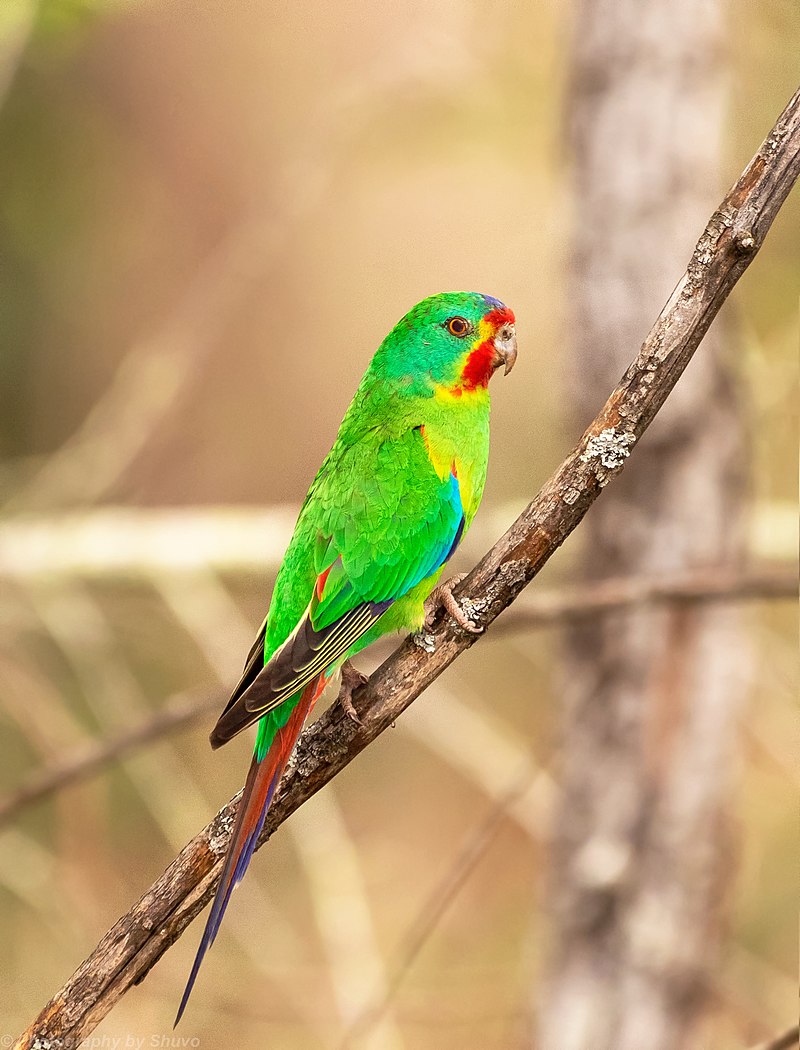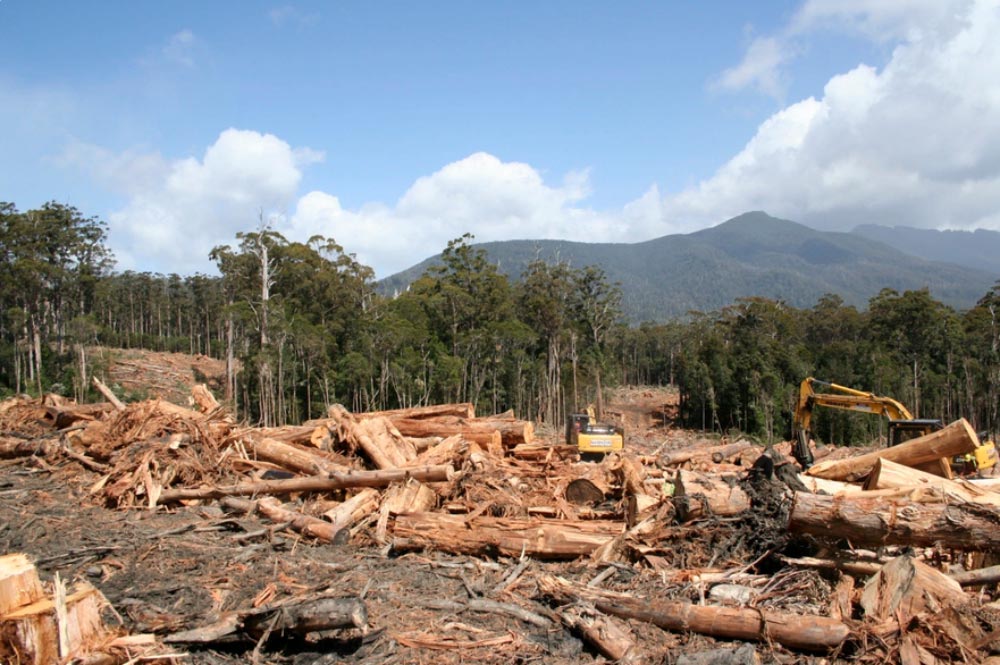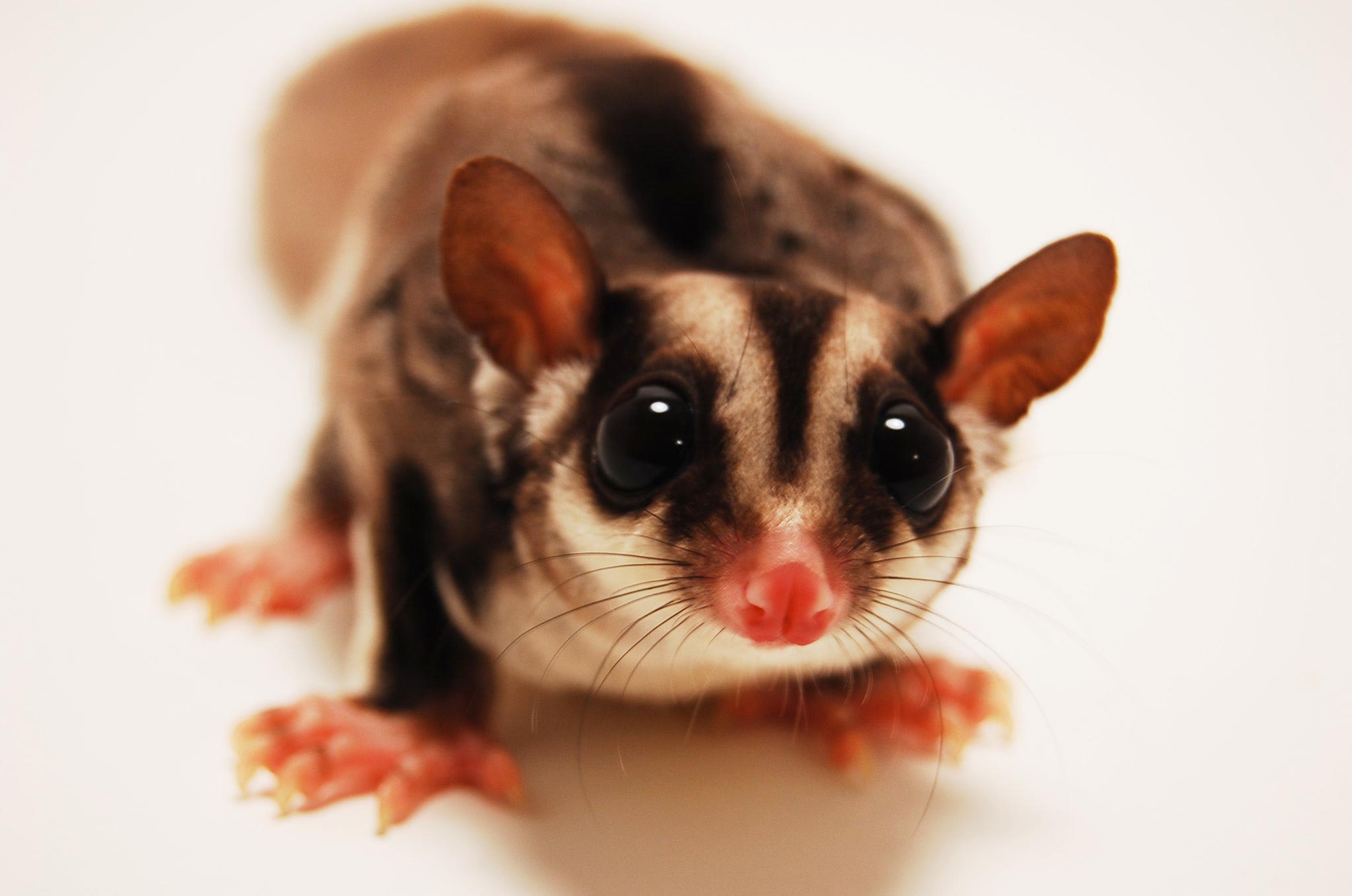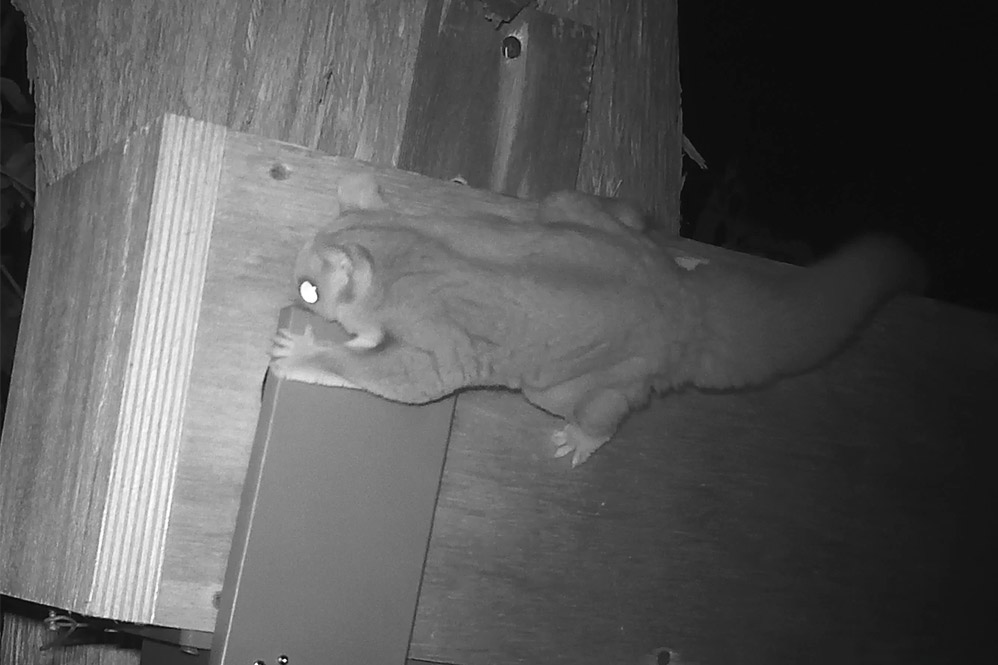Recognising that the wild population of the migratory Australian Swift Parrot Lathamus discolor was in free-fall, in 2010 the Loro Parque Fundación began supporting a vital research initiative to unearth the principal threats and to devise effective measures to combat them.
Since then, a co-operative effort of several in-country institutions has been led by Professor Robert Heinsohn of the Australian National University. The research includes the ecology of the species in the south-east of mainland Australia during the Austral winter non-breeding season, and in Tasmania where Dr Dejan Stojanovic and colleagues have been studying the parrots during their breeding season in the Eucalyptus-dominated forests. The remarkable detective work of the researchers is revealed in several recent publications, and surely nobody back in 2010 could have predicted all the twists and turns in the life of this increasingly rare species.

The wild Swift Parrot population could number as few as 1,000 (Trshuvo / commons.wikimedia.org).
At the inception of the research, Swift Parrot was already classified as Endangered on the IUCN Red List of Threatened Species, but the researchers found the population decline so rapid that the species was soon uplisted to Critically Endangered, with a maximum total of 2,500 individuals, and possibly as few as 1,000. The most immediate serious threat was found to be the nocturnal predation of nests, including both young and adult females, by Sugar Gliders Petaurus breviceps introduced on mainland Tasmania.
The research team surveyed Sugar Glider occurrence at 100 sites across 800 km2 of the Southern Forest, a key breeding area for Swift Parrots. They found a very high detectability and occupancy of Sugar Gliders, with the marsupial present at 79 per cent of sites. Predictions of occupancy indicated higher levels in areas with greater cover of mature forest (ie the best-quality breeding habitat for swift parrots), with almost 100 per cent forest cover suffering from nearly complete occupancy by Sugar Gliders. Furthermore, the research revealed high rates of occupancy of available forest habitat throughout the heavily logged study area – even when mature forest cover was fewer than 10 per cent, Sugar Glider occupancy was more than 50 per cent. Therefore, the risk of predation by Sugar Gliders for Swift Parrots and other small birds may be widespread across logged Tasmanian forests. Researchers are now working to determine whether population densities of Sugar Gliders vary with forest cover, and whether this may affect the frequency of predation.

Logging remains a problem for wildlife on Tasmania (E Capp).
There has been another disturbing effect of Sugar Glider behaviour. The high predation on females not only causes severe population decline, but also produces strongly biased adult sex ratios (more than 73 per cent are male) in what is a normally monogamous species. The research has shown that 50 per cent of Swift Parrot nests had shared paternity, although the birds remained socially monogamous, and that shared paternity increased significantly with the local rate of predation on breeding females. This suggests that rates of shared paternity increased when the adult sex ratios became more biased. Nests not predated had fewer fledglings as the local adult sex ratio became more male‐biased, possibly due to more harassment during nesting from unpaired males.
Analysis of population viability predicted that the Swift Parrot population would decline by 89 per cent over three generations if the birds maintained the lowest observed rate of shared paternity, but reductions of as high as 95 per cent under higher rates of shared paternity. In short, shared paternity is very costly and can lead to changes in the mating system and negative impacts on both individual fitness and long‐term population viability.
That Swift Parrot faces a severe extinction risk is further supported by evidence from a population genetic analysis using samples obtained over six years from across the breeding range of the species. The analysis showed no evidence for genetic differentiation across the samples both spatially and temporally, indicating a lack of population genetic structure. It supports the premise that Swift Parrots act as a single conservation unit. This is a key difference from sedentary or site-faithful species, because unpredictable resources (such as flowering Eucalyptus) can stimulate large scale movements of nomadic Swift Parrots away from predator-free offshore islands towards mainland areas with many Sugar Gliders. The researchers conclude that island nesting alone may be insufficient to offset extinction risk from the high mainland predation rates and that conservation action in predator-infested mainland habitats will be critical to prevent the species’ extinction. Action must include limiting deforestation in breeding habitat, protecting parrot nests in Sugar Glider-infested forests, and augmenting nesting habitat on islands.

Sugar Gliders may look cute, but they have a keen taste for Swift Parrots and are putting the species at serious risk (GarrettTT / Flickr).
In light of the aforementioned findings and recommendations, it is reasonable to expect that existing conservation plans could be implemented, and even improved. Regrettably, failings in forest policy and management still allow Swift Parrot breeding habitat in Tasmanian forests to continue to be logged. Positive changes require that official recommendations for the management of threatened fauna be binding on the relevant government agencies, instead of voluntary as now. Also, Swift Parrot habitat requirements must be used to identify areas for exclusion from logging from those areas designated to meet legislated timber quotas. Finally, budgetary provision must be made to compensate for forestry curtailment on private land.
Not to lose time, practical action by the researchers is under way to address Swift Parrot’s conservation needs. Because it is a nomadic species, its unpredictable settlement patterns could make its conservation problematic because of the difficulty to identify where to implement action. However, the research shows that flower bud growth is the primary cue for Swift Parrots to select an area and the parrots settle wherever bud abundance is highest, including the Southern Forest study area. Using this knowledge, the researchers created artificial nests of two types, nestboxes and carved cavities, at three predicted breeding sites before the birds arrived. The subsequent occupancy of artificial nests was greatest at the site with abundant historical natural nesting sites.
The most remarkable aspect of the nestboxes is the incorporation of technology to exclude Sugar Gliders. The box has a light sensor which, as soon as it's daytime, automatically detects that there is ambient light and triggers a small motor to open a door over the entrance to release the adult Swift Parrot to continue its normal daytime activity. As the light fades at the end of the day and the Swift Parrot is back in the box, the sensor triggers the door to close for the night. Trials with the nestboxes have shown that the parrots are not at all disturbed by the light-triggered door. Each nestbox is expensive, but the researchers are crowdfunding to be able to install as many as possible.

A Sugar Glider unsuccessfully tries to enter one of the 'closed' nestboxes during the hours of darkness (Dejan Stojanovic).
Similarly, the artificial nesting hollows have proven popular with Swift Parrots. Carved by volunteer skilled arborists, only two weeks after their completion seven pairs of parrots had claimed hollows and three eggs had been laid.
Therefore it seems that these techniques will help to provide much-needed breathing space for Swift Parrot, during which time it is hoped that forest conservation policy will take due note of the recent research, and that practices will improve to avoid the extinction of this charismatic nomad.

